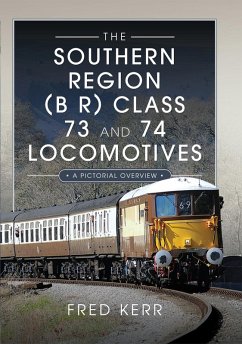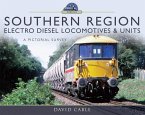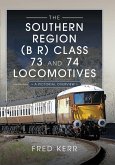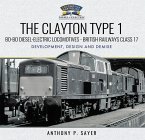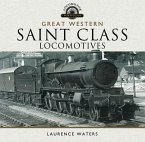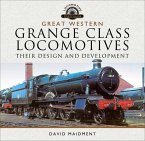The Southern Region of British Railways had long sought to design a locomotive capable of working on electrified lines and non-electrified station yards and sidings. In 1959 British Railways approved a design, designated Class HA, later British Railways Class 73, which combined the electrical equipment of the latest EMU design with the standard English Electric diesel engine in one bodyshell. An initial order was placed for six locomotives but allocated to Eastleigh Carriage and Wagon Works because the design used stock components normally found on the multiple unit fleet.The locomotives were released to traffic during February 1962 and were allocated to Stewarts Lane depot from where they powered the mundane duties of freight, parcels and empty stock services. They also tested the principle of high-speed propulsion of passenger trains prior to the adoption of the principle for the electrification of the Waterloo - Weymouth line as far as Poole. Included in this scheme was the ordering of a further 43 improved Class 73 locomotives which were built by English Electric.The locomotives proved a useful design but when British Railways was privatised in 1994 the new operator considered them surplus and sold them out of service. The original 6 locomotives had already been transferred north to Merseyside to work on the local electric network. Although initially considered unsuitable by the original operator they were highly regarded by many companies hence were sold on to continue working on the national network. Some were converted for special purposes thus were formed into sub-classes hence as at December 2022 30 of the 49 fleet still remain active in mainline service.
Dieser Download kann aus rechtlichen Gründen nur mit Rechnungsadresse in A, B, BG, CY, CZ, D, DK, EW, E, FIN, F, GR, HR, H, IRL, I, LT, L, LR, M, NL, PL, P, R, S, SLO, SK ausgeliefert werden.

